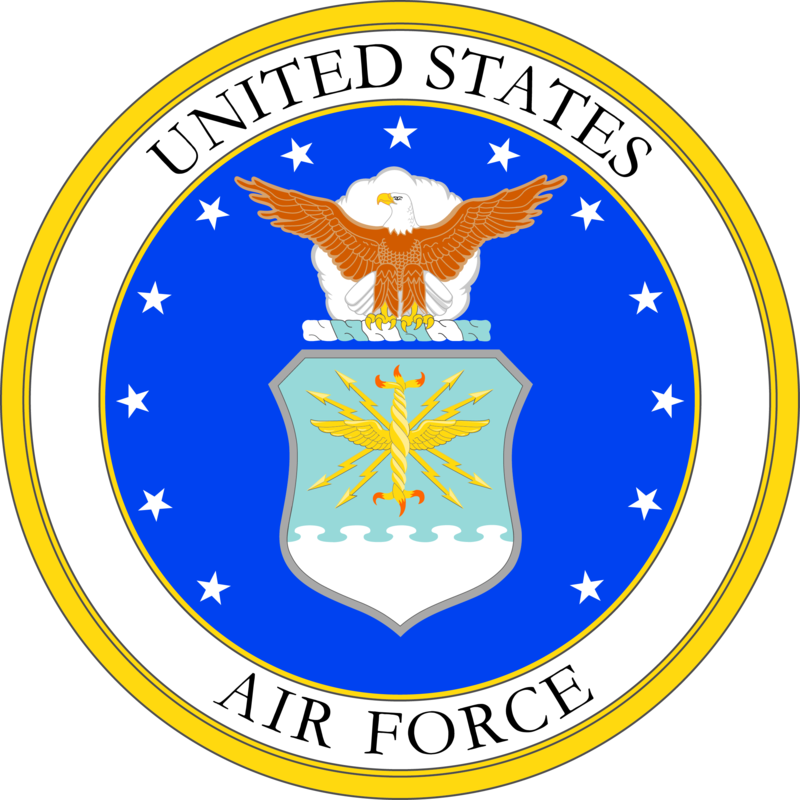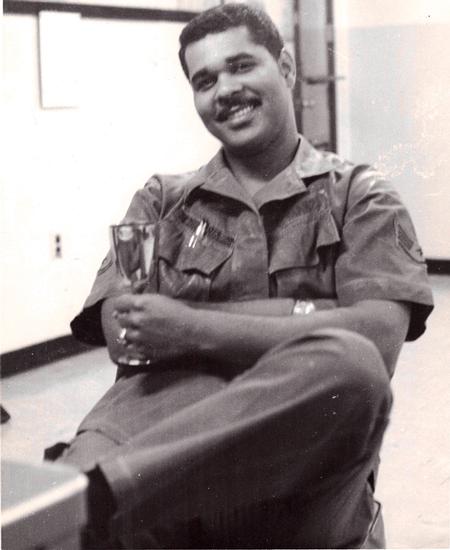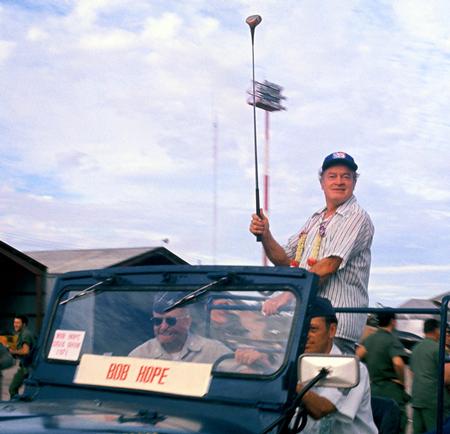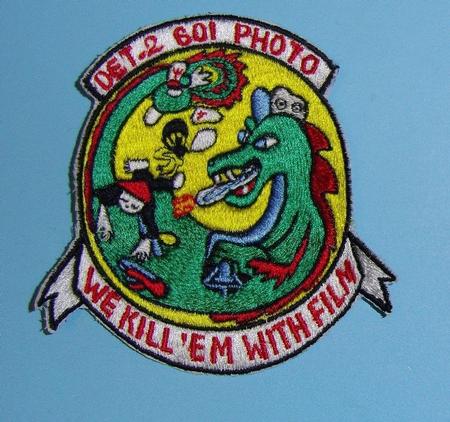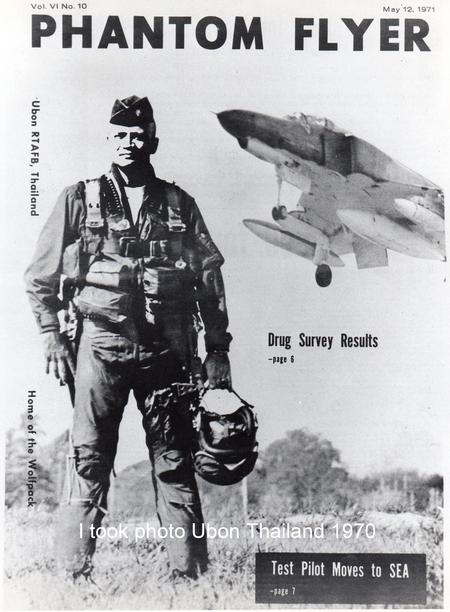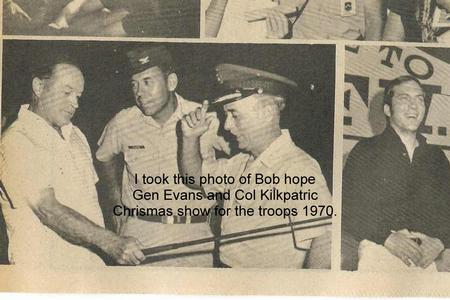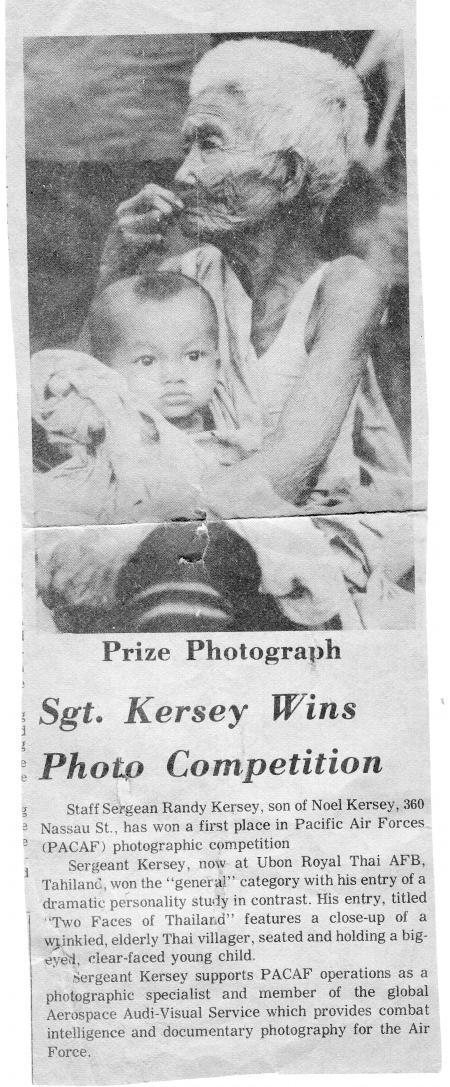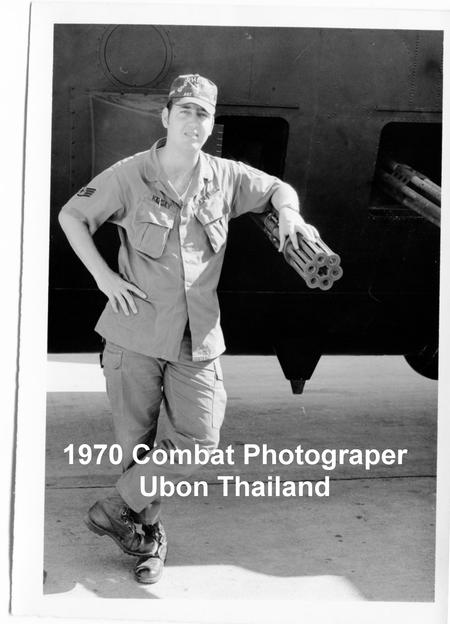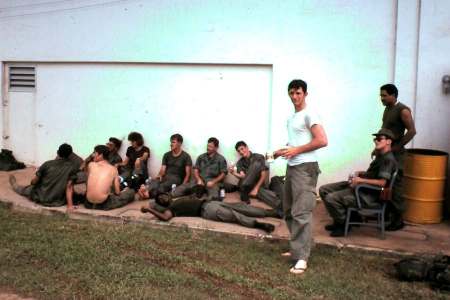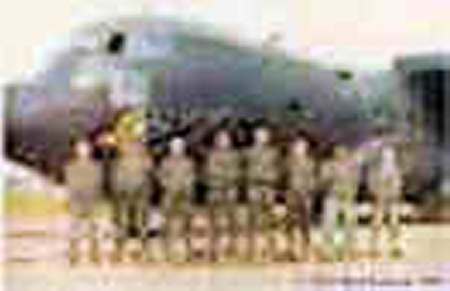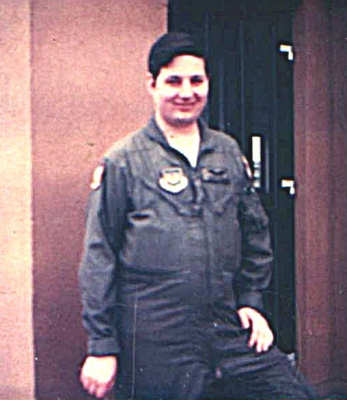ABOUT 601st Tactical Control Squadron
- Origins in World War II: The 601st Tactical Control Squadron traces its lineage back to the 601st Signal Aircraft Warning Battalion, activated in England in 1944 to provide radar and communications support during Allied operations in Europe.
- Role in D-Day: Elements of the squadron’s predecessor participated in the Normandy landings, providing early warning and air control for Allied air operations over France.
- Cold War Re-activation: The unit was re-designated and re-activated several times during the Cold War to support NATO air defense efforts in Europe, especially in West Germany.
- Control and Reporting Center: As a Tactical Control Squadron, the 601st operated mobile radar sites and command centers, coordinating airspace and directing fighter aircraft for both training and real-world air defense missions.
- Stationed at Sembach and Wiesbaden: The 601st was primarily based at Sembach Air Base and later at Wiesbaden Air Base in West Germany, key locations for NATO air operations during the Cold War.
- Support During Tensions: The squadron played a vital role during periods of heightened tension, such as the Berlin Crisis and the NATO Reforger Exercises, ensuring rapid response and command and control of air assets.
- Technological Advances: The 601st incorporated advanced radar and communications systems, such as the AN/TPS-43 and AN/TPS-75 radars, to enhance its airspace control capabilities.
- Joint Operations: The squadron regularly trained and operated alongside other NATO forces, fostering interoperability and improving multinational command and control procedures.
- Transition and Inactivation: With the end of the Cold War and changes in NATO force posture, the 601st Tactical Control Squadron was inactivated in the early 1990s as part of the U.S. military drawdown in Europe.
- Legacy and Honors: The unit earned multiple commendations and campaign streamers for its service, and its traditions continue through successor air control and command units in the U.S. Air Force.

